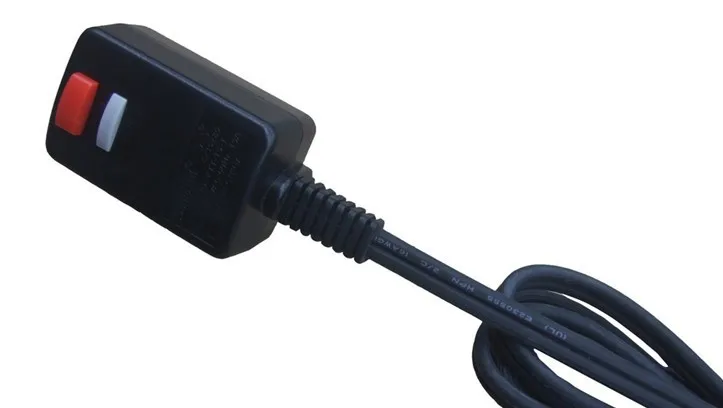Geoff23x
Member
- Location
- Lake City, FL
Installing a dishwasher and the dishwasher has a cord that plugs into an outlet. 2014 nec says a dishwasher needs to be on a gfci. So what they are doing is installing a 3' gfci extension cord between the outlet and the dishwasher cord and saying its GFCI protected. I'm saying that cant be used as a permanent solution. If the GFCI cord is hard wired into the dishwasher then its permanent. They said I was full of it and I'm looking at them saying I'm right (i think). Wanted to double check.


